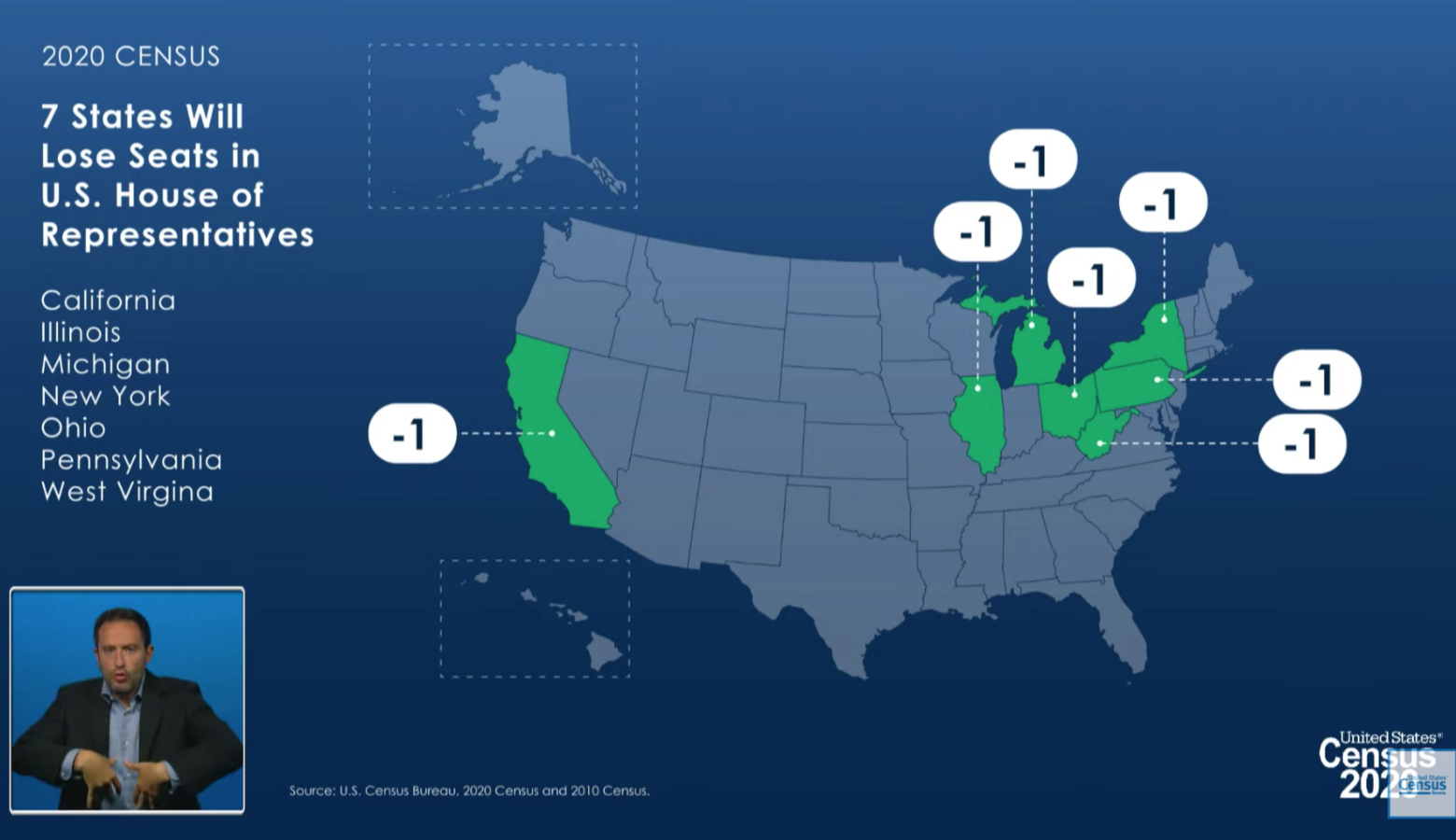Indiana Will Remain At Nine Congressional Districts For Next Decade

Indiana will remain at nine congressional districts for the next decade after national and state census figures were released Monday.
The number of seats in the U.S. House of Representatives is 435. So, when the census is conducted every 10 years, the number of seats each state gets can shift based on population changes.
Indiana’s population, according to the 2020 census, is 6,785,528. It grew by 301,726 over the last decade, 4.7 percent. That puts it in the bottom half of the 50 states for population growth in the last 10 years.
The number of Hoosier congressional districts will stay at nine, where it’s been since 2003.
There is a slightly different population number used to determine how congressional seats are decided. It’s called “apportionment population” and it includes federal military and civilian employees living overseas who can be attributed to a home state. There are 4,752 such people attributed to Indiana in the 2020 census.
The most U.S. House seats Indiana has ever had is 13, from the 1870s through the early 1930s.
State lawmakers will redraw congressional and state legislative district lines later this year, after the U.S. Census Bureau releases further information.
Contact reporter Brandon at [email protected] or follow him on Twitter at @brandonjsmith5.

